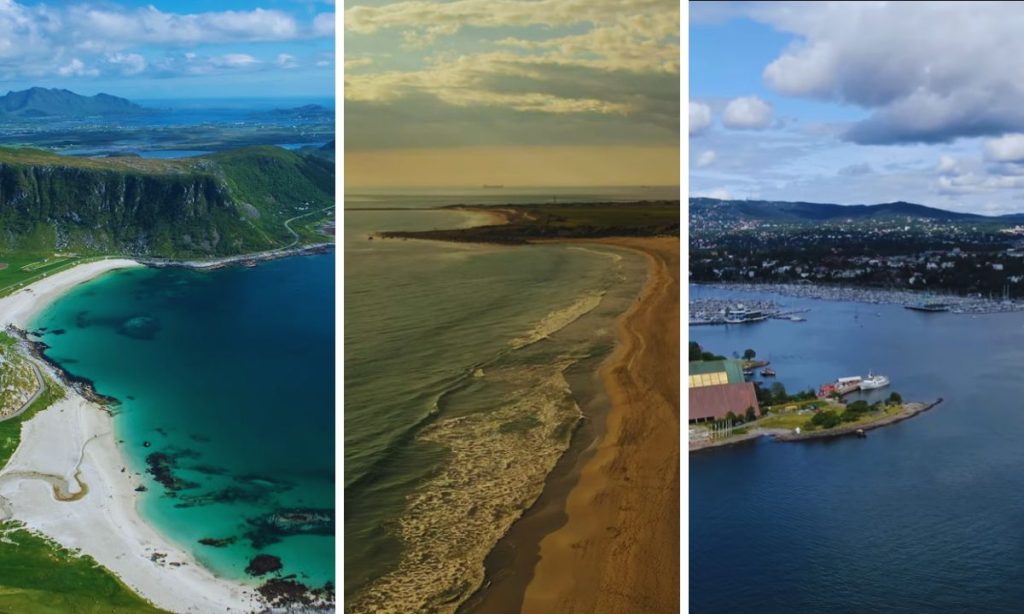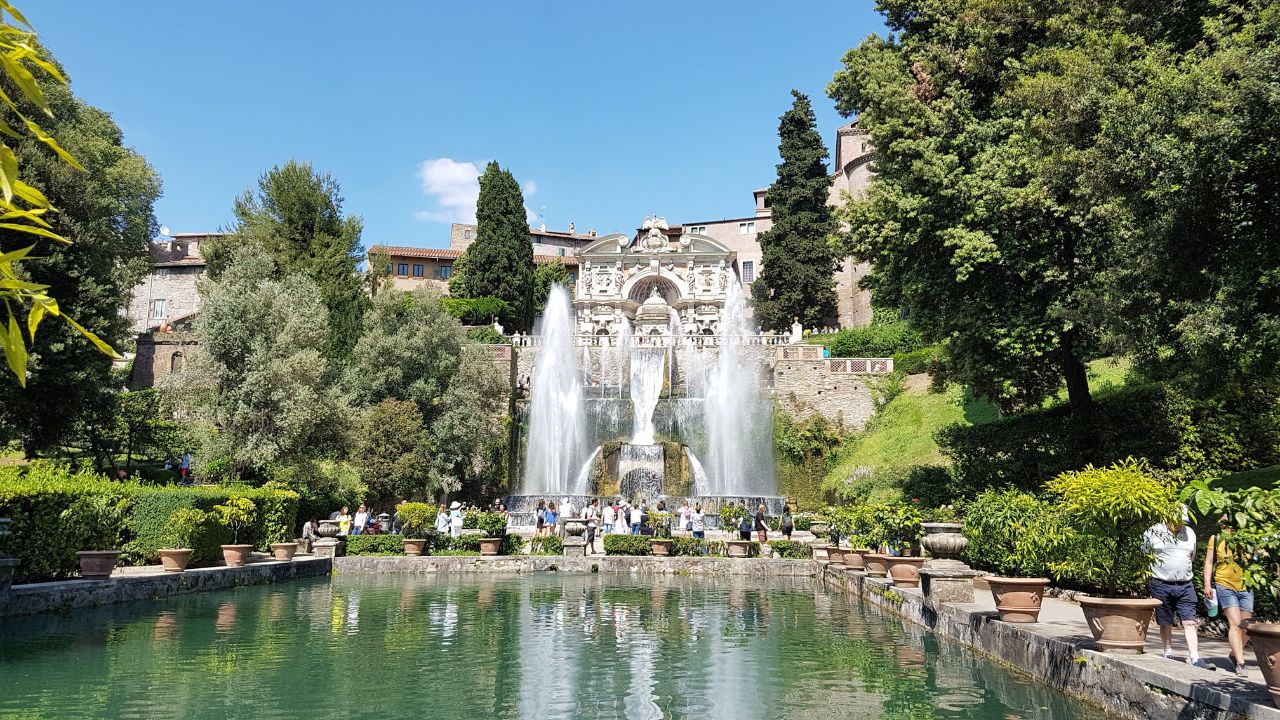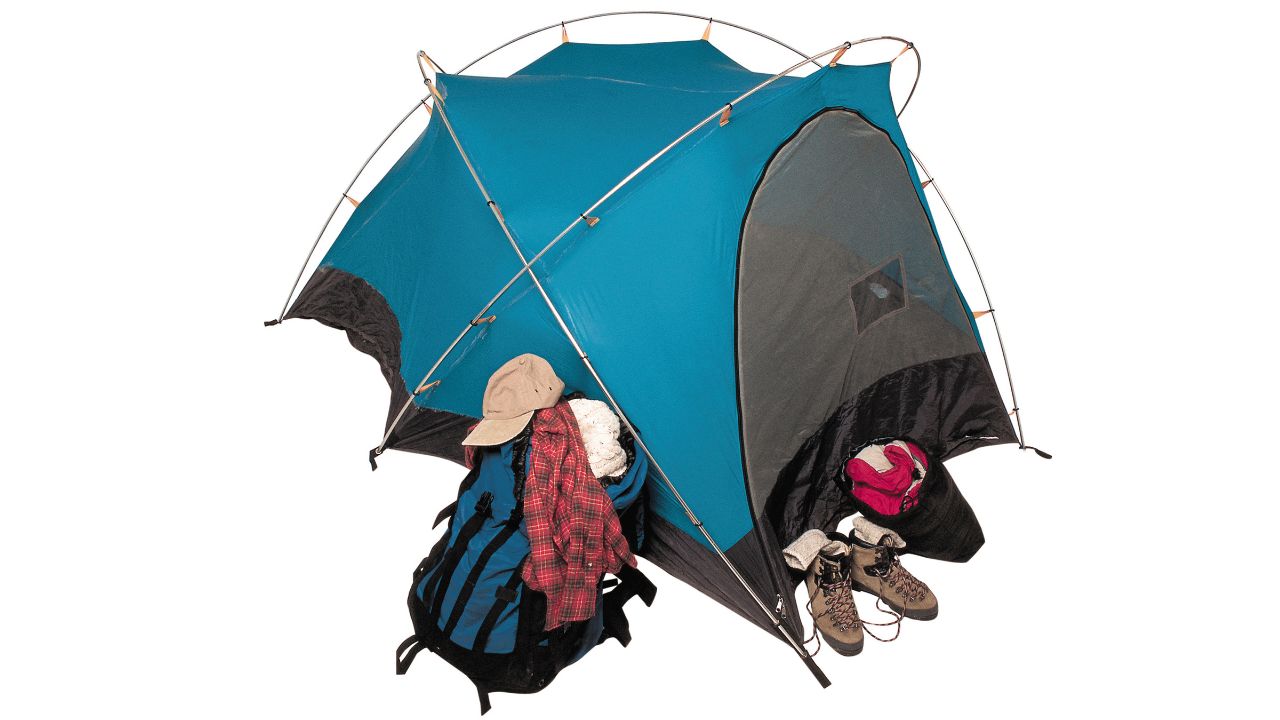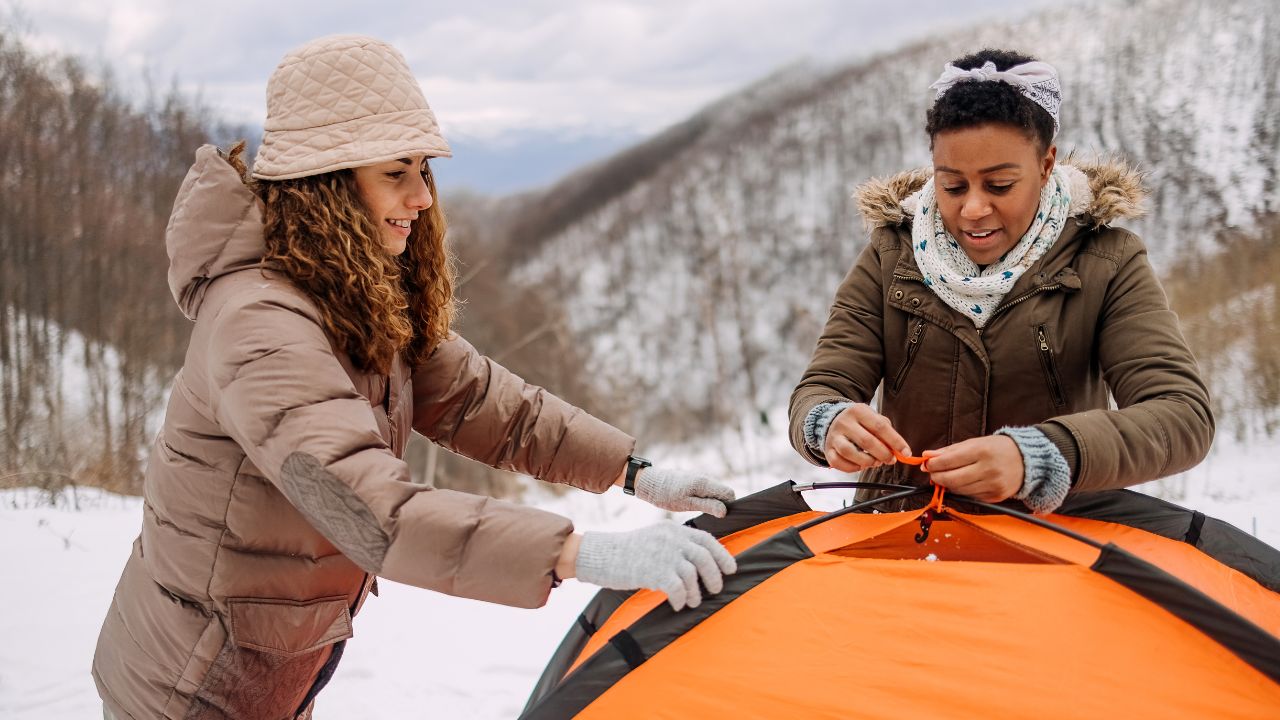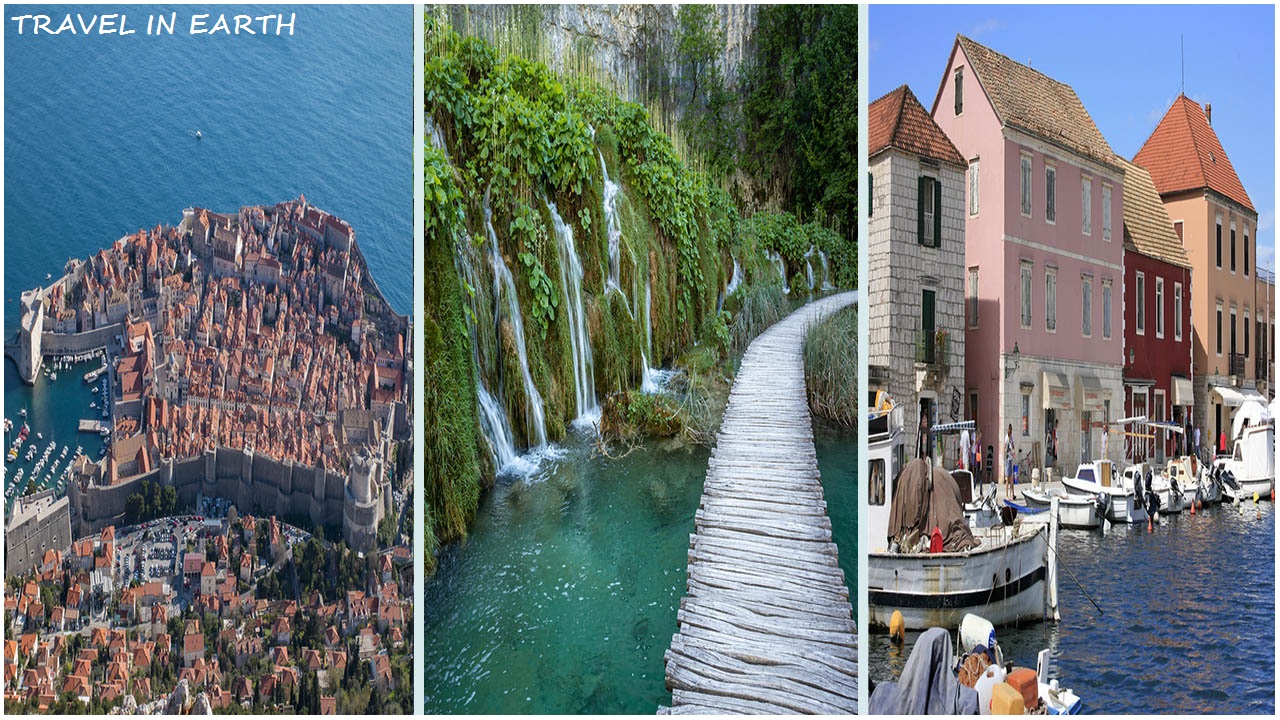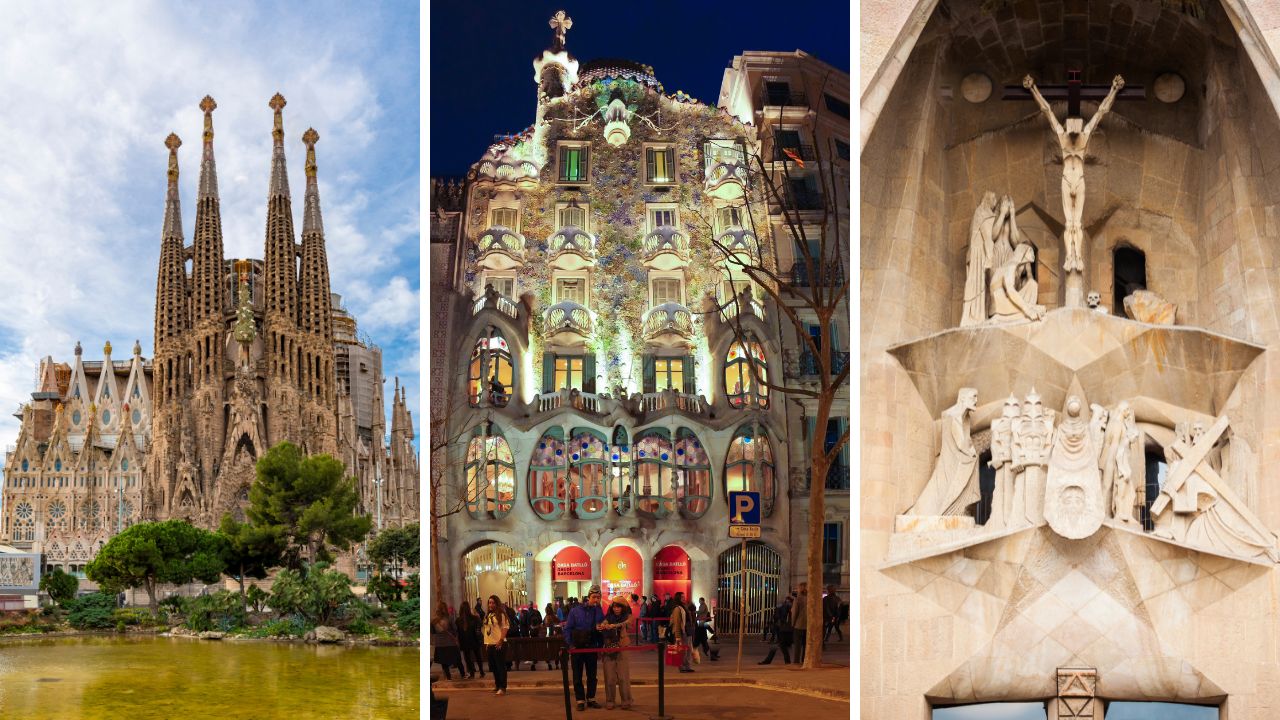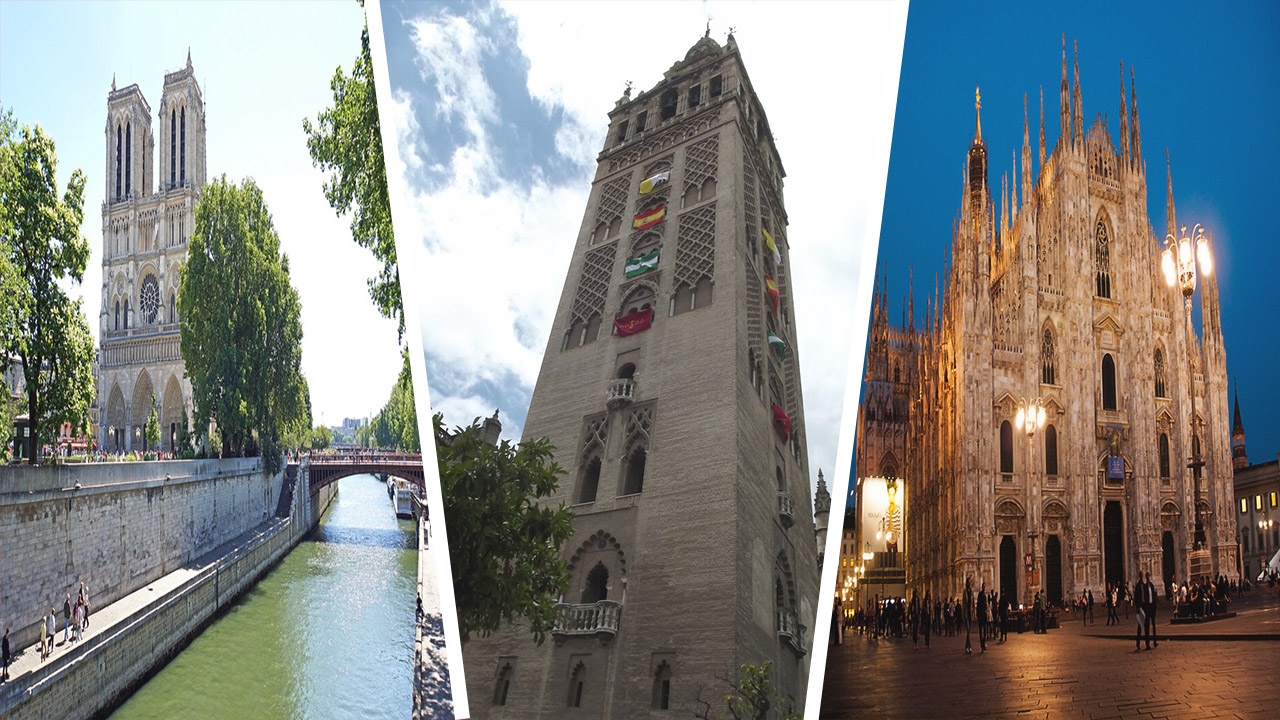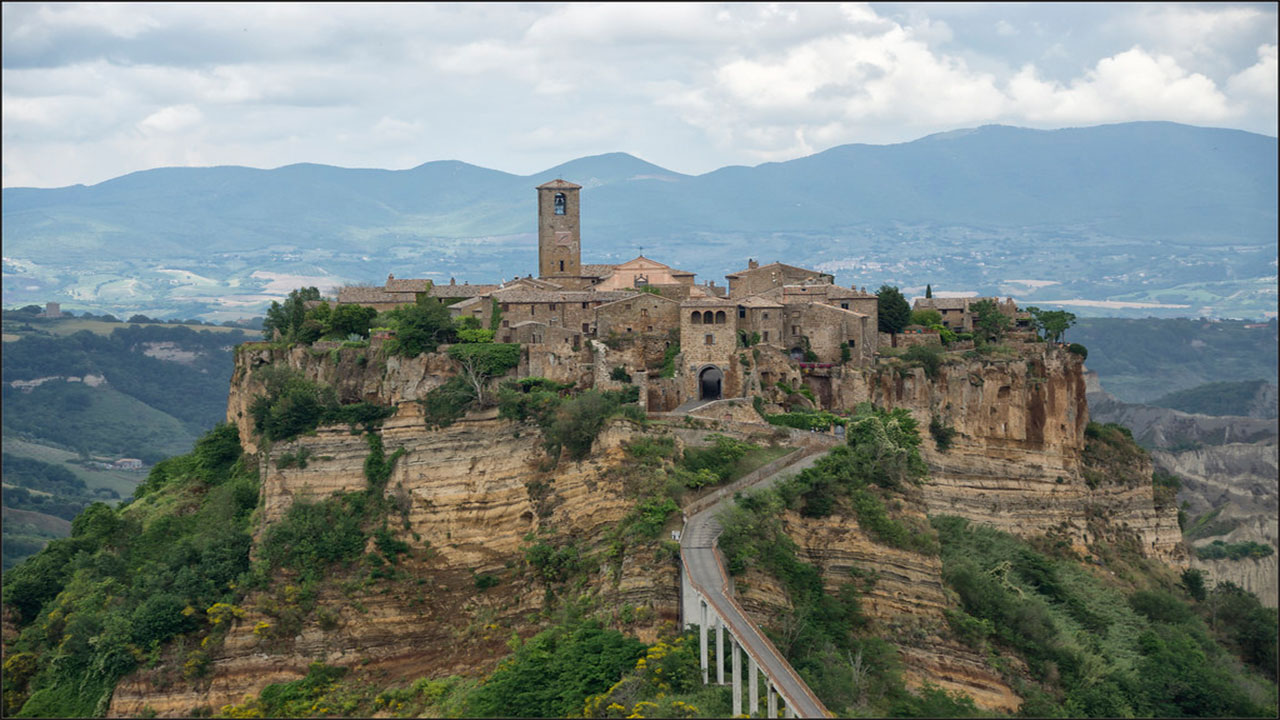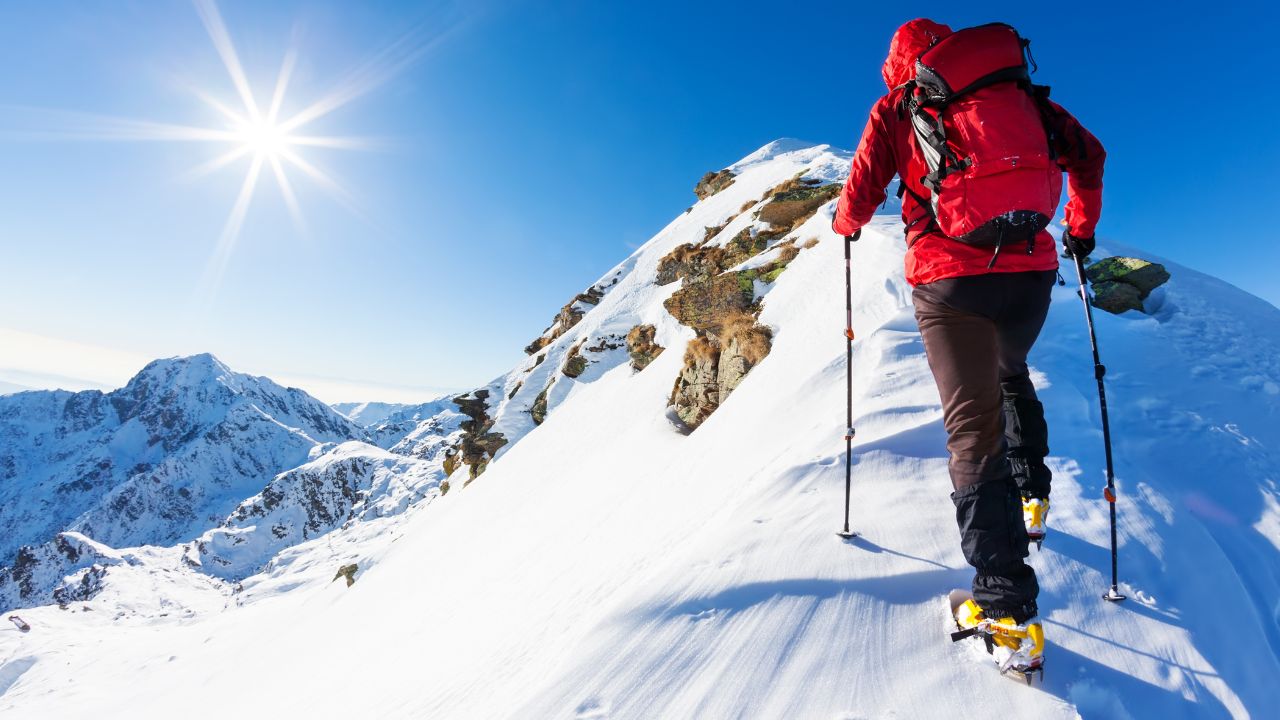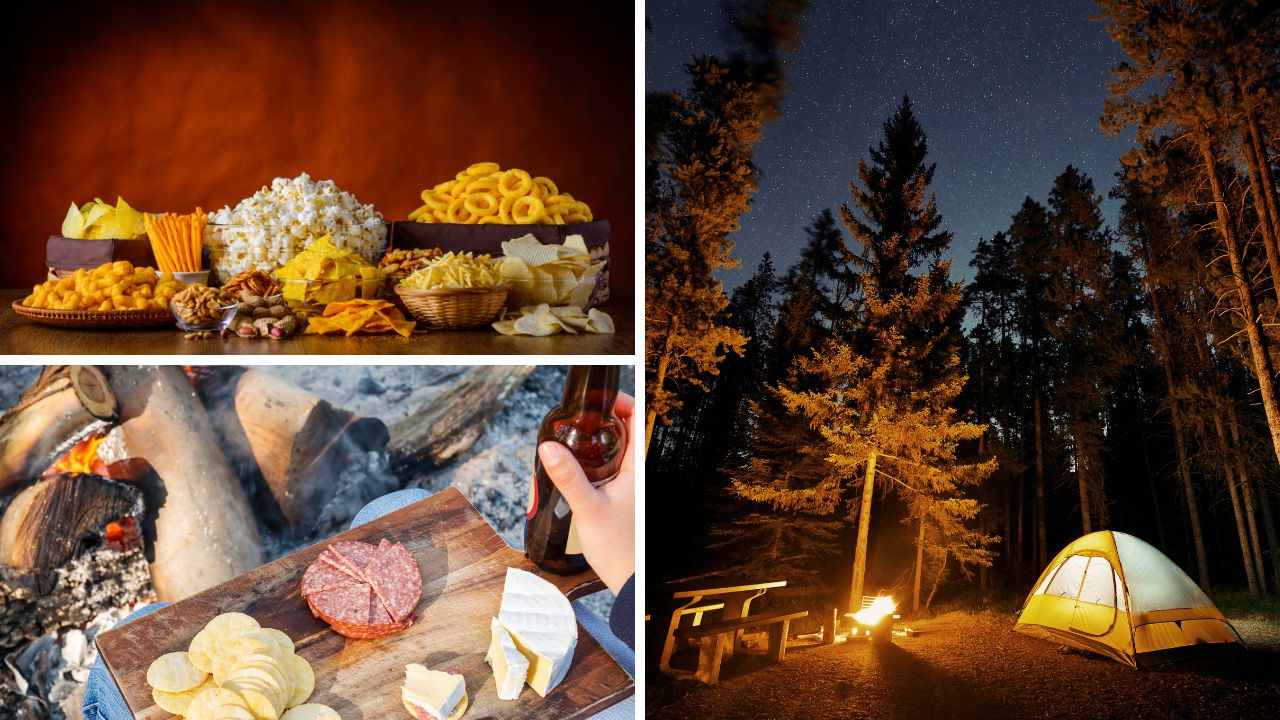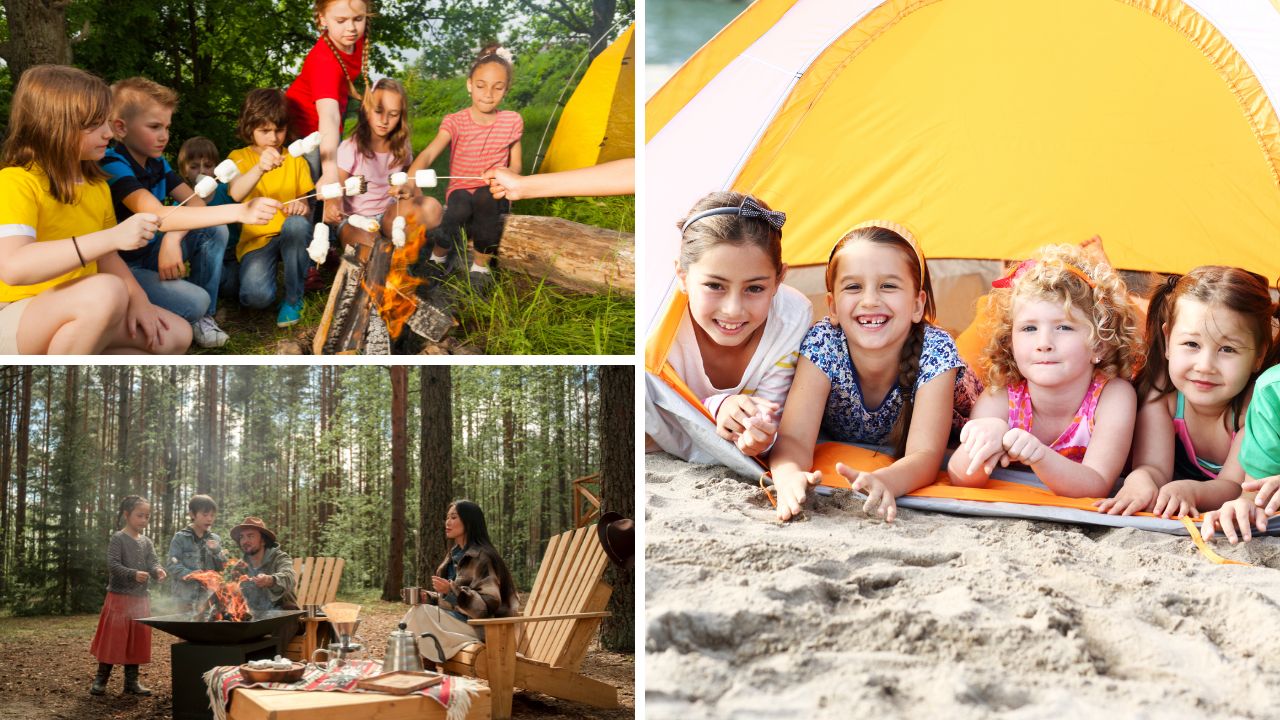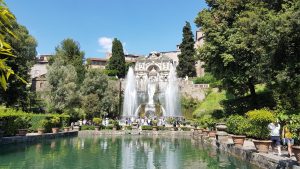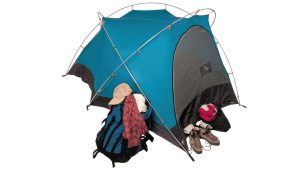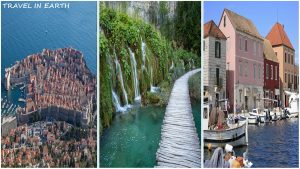Norway, a land of fjords, mountains, and northern lights, might not be the first country that comes to mind when you think of beautiful beaches. But this Scandinavian gem hides some of the most stunning coastal treasures in Europe. From the Arctic shores of the Lofoten Islands to the southern coast near Oslo, Norway boasts a diverse range of beaches that will take your breath away. In this article, we’ll explore the top 15 most beautiful beaches in Norway, each offering its own unique charm and natural wonders.
1. Haukland Beach, Lofoten Islands
Nestled in the heart of the Lofoten archipelago, Haukland Beach is a slice of Arctic paradise. Dramatic mountain peaks frame its crystal-clear turquoise waters and white sand, creating a landscape that seems almost surreal.
Key features:
- Location: Vestvågøy, Lofoten Islands
- Best time to visit: June to August for milder temperatures
- Activities: swimming, hiking, photography, northern lights viewing (in winter)
People often praise Haukland Beach for its pristine beauty and frequently vote it as one of Norway’s best beaches. The beach stretches for about 1 kilometer, providing ample space for visitors to relax and enjoy the scenery. During the summer months, the midnight sun bathes the beach in a golden glow, creating perfect conditions for late-night strolls or picnics.
2. Orrestranda, Jæren
Orrestranda, located in the Jæren district of Rogaland county, is Norway’s longest sandy beach. This 5-kilometer stretch of golden sand is a haven for beach lovers and outdoor enthusiasts alike.
Key features:
- Location: Klepp municipality, Rogaland county
- Best time to visit: May to September
- Activities: Surfing, kitesurfing, birdwatching, cycling
Orrestranda is part of the Jæren Landscape Protection Area, ensuring its natural beauty is preserved. The beach is backed by sand dunes that house a diverse ecosystem of plants and animals. It’s a popular spot for surfing, with consistent waves throughout the year. The nearby Orre Friluftshus visitor center offers information about the local flora and fauna.
3. Bygdøy Sjøbad, Oslo
For those visiting Norway’s capital, Bygdøy Sjøbad offers a convenient and beautiful beach experience right in Oslo. Located on the Bygdøy peninsula, this beach combines natural beauty with simple accessibility.
Key features:
- Location: Bygdøy, Oslo
- Best time to visit: June to August
- Activities: swimming, sunbathing, paddleboarding, kayaking
Bygdøy Sjøbad consists of several small beaches and bathing spots along the peninsula’s coast. The most popular is Huk Beach, which offers a sandy shore and calm waters perfect for swimming. The area also includes a separate nude beach for those who prefer clothes-free sunbathing. With its proximity to several museums, including the Viking Ship Museum and the Fram Museum, Bygdøy Sjøbad is an excellent spot to combine culture and relaxation.
4. Mjelle Beach, Bodø
Mjelle Beach, located just outside the city of Bodø, is known for its unique reddish sand. This peculiar coloration comes from garnet crystals mixed with the white sand, creating a stunning visual effect.
Key features:
- Location: Bodø, Nordland County
- Best time to visit: June to August
- Activities: photography, hiking, picnicking, viewing the viewing the northern lights (in winter)
Rugged cliffs surround the beach, which provides panoramic views of the Norwegian Sea. It’s a popular spot for locals and tourists alike, especially during the summer months when the midnight sun provides extended daylight hours. The contrast between the red sand, blue sea, and green vegetation makes Mjelle Beach a photographer’s dream.
5. Sola Beach, Stavanger
Sola Beach, located near Stavanger Airport, is one of the most accessible and well-equipped beaches in Norway. Its 2.3-kilometer stretch of fine, golden sand attracts visitors year-round.
Key features:
- Location: Sola municipality, Rogaland county
- Best time to visit: May to September
- Activities: swimming, surfing, kitesurfing, beach volleyball, cycling
Sola Beach is part of Jæren’s long coastline and offers excellent facilities, including parking, toilets, and changing rooms. The beach is popular among surfers because of its consistent waves, and it is home to several surfing schools. For history buffs, the nearby Sola Strand Hotel, built in 1914, offers a glimpse into the area’s past as a seaside resort.
6. Hoddevik Beach, Stad
Hoddevik Beach is a hidden gem located on the Stad peninsula in western Norway. Steep mountains nestle this 1-kilometer-long beach, creating a dramatic and secluded setting.
Key features:
- Location: Stad municipality, Vestland county
- Best time to visit: June to August
- Activities: surfing, hiking, and photography
Hoddevik Beach, known as one of Norway’s best surfing spots, draws surfers from all over the world. The beach faces west, catching the full force of the Atlantic swells. For non-surfers, the beach offers excellent hiking opportunities in the surrounding mountains, providing breathtaking views of the coastline.
7. Risvika Beach, Mandal
Risvika Beach, located in Norway’s southernmost town of Mandal, is a picturesque cove known for its soft sand and clear waters. It’s part of the Furulunden recreational area, a popular summer destination for both locals and tourists.
Key features:
- Location: Mandal, Agder County
- Best time to visit: June to August
- Activities: swimming, sunbathing, hiking, fishing
Rocky outcrops and pine forests shelter the beach, creating a calm and secluded atmosphere. The shallow waters make it an ideal spot for families with children. The surrounding Furulunden area offers numerous hiking trails and picnic spots, allowing visitors to combine beach time with forest exploration.
8. Borestranden, Jæren
Borestranden, another gem along the Jæren coastline, is a 3-kilometer-long beach known for its powerful waves and windswept dunes. It’s a paradise for surfers and nature enthusiasts alike.
Key features:
- Location: Klepp municipality, Rogaland county
- Best time to visit: May to September for general beachgoing, year-round for surfing.
- Activities: surfing, kitesurfing, windsurfing, birdwatching
The beach is part of the Jæren Landscape Protection Area and is home to a diverse range of plant and bird species. The constant wind makes it an ideal spot for wind and kite surfing. Despite its popularity among water sports enthusiasts, Borestranden remains relatively uncrowded, allowing visitors to enjoy its natural beauty in peace.
9. Unstad Beach, Lofoten Islands
Unstad Beach, located in the Lofoten Islands, is famous for being the world’s northernmost surf spot. This Arctic beach offers a unique surfing experience with its powerful waves and stunning mountain backdrop.
Key features:
- Location: Vestvågøy, Lofoten Islands
- Best time to visit: September to April for surfing, June to August for milder temperatures.
- Activities: surfing, hiking, camping, viewing the viewing the northern lights (in winter)
Steep mountains surround the beach, shielding it from strong winds and creating ideal surfing conditions. Unstad Arctic Surf, a local surf school and camp, offers lessons and equipment rentals for those brave enough to tackle the cold waters. Even for non-surfers, the beach’s raw beauty and the chance to see surfers riding waves under the midnight sun or northern lights make it a must-visit destination.
10. Kvalvika Beach, Lofoten Islands
Kvalvika Beach, also known as Whale Beach, is a secluded paradise accessible only by a moderate hike. Its remote location and stunning scenery make it one of the most photogenic beaches in Norway.
Key features:
- Location: Moskenes, Lofoten Islands
- Best time to visit: June to August
- Activities: hiking, camping, photography
Nestled between two mountains and facing the open sea, the beach creates a dramatic landscape. The hike to the beach takes about 45 minutes to an hour and offers breathtaking views of the surrounding mountains and sea. The beach allows camping, offering a truly spectacular setting to witness the midnight sun or northern lights.
11. Ersfjordstranda, Tromsø
Ersfjordstranda, located on the island of Kvaløya near Tromsø, is one of the northernmost sandy beaches in the world. Despite its Arctic location, the beach offers surprisingly excellent conditions for swimming during the summer months.
Key features:
- Location: Tromsø, Troms og Finnmark county
- Best time to visit: June to August for swimming, September to March for northern lights
- Activities: swimming, hiking, northern lights viewing, midnight sun viewing
Mountains surround the beach, creating a sheltered environment. During the summer, the midnight sun provides 24 hours of daylight, allowing for late-night beach activities. In winter, Ersfjordstranda becomes a popular spot for viewing the northern lights, with the dark waters of the fjord reflecting the colorful display.
12. Vippetangen, Oslo
Vippetangen is an urban beach located in the heart of Oslo, offering a unique blend of city life and beach relaxation. While not a traditional sandy beach, its wooden platforms and steps leading into the Oslofjord make it a popular spot for sunbathing and swimming.
Key features:
- Location: Oslo city center
- Best time to visit: June to August
- Activities: swimming, sunbathing, paddleboarding, kayaking
Vippetangen’s location near the Oslo Opera House and the Munch Museum makes it an excellent spot to cool off after a day of sightseeing. Regular tests confirm that the water quality is generally suitable for swimming. The area also offers beautiful views of the Oslofjord and the surrounding islands.
13. Godalen Beach, Stavanger
Godalen Beach is a charming city beach located just a short distance from Stavanger’s city center. Its combination of grassy areas and a small sandy beach makes it a popular recreational spot for locals and tourists alike.
Key features:
- Location: Stavanger, Rogaland County
- Best time to visit: May to September
- Activities: swimming, picnicking, jogging, cycling
The beach area includes facilities such as changing rooms, toilets, and barbecue areas. A scenic coastal path connects Godalen to other beaches in the area, making it perfect for a leisurely walk or bike ride. The calm waters of the Gandsfjord make it a safe spot for swimming, especially for families with children.
14. Hovden Beach, Bremanger
People often refer to Hovden Beach in the municipality of Bremanger as the “Maldives of Norway” because of its white sand and turquoise waters. This hidden gem offers a tropical feel in a distinctly Norwegian setting.
Key features:
- Location: Bremanger, Vestland County.
- Best time to visit: June to August
- Activities: swimming, hiking, and photography
The beach is relatively unknown to international tourists, making it a peaceful retreat. Rugged cliffs and mountains surround it, creating a dramatic backdrop. The clear waters are surprisingly comfortable for swimming during the summer months. Nearby hiking trails offer panoramic views of the coastline and the surrounding islands.
15. Refsnes Beach, Moss
Refsnes Beach, located in the town of Moss, is a popular summer destination for locals from Oslo and the surrounding areas. The beach offers a long stretch of sand and shallow waters, making it ideal for families.
Key features:
- Location: Moss, Viken County.
- Best time to visit: June to August
- Activities: swimming, sunbathing, beach volleyball, paddleboarding
Refsnes Beach is well-equipped with facilities, including parking, toilets, and changing rooms. The shallow waters extend far out, creating safe swimming conditions for children. The beach is part of a larger recreational area that includes walking trails and picnic spots. On clear days, visitors can enjoy views across the Oslofjord to the other side.
Conclusion
Norway’s beaches offer a unique and diverse experience, from the Arctic shores of the Lofoten Islands to the urban beaches of Oslo. Each beach on this list has its own distinct character, shaped by the country’s dramatic landscapes and ever-changing weather. Whether you’re seeking a surfing adventure, a peaceful retreat, or a family-friendly spot for summer fun, Norway’s coastline has something to offer.
These 15 beaches represent just a fraction of Norway’s coastal beauty. They showcase the country’s natural diversity, from long sandy stretches to secluded coves nestled between towering mountains. While the water might be colder than in more southern European destinations, the pristine beauty and unique experiences these beaches offer more than make up for it.
As you plan your Norwegian beach adventure, remember to respect the natural environment and local regulations. Many of these beaches are part of protected areas, and it’s crucial to preserve their beauty for future generations. Also, be prepared for changeable weather; even in summer, temperatures can vary widely, and it’s always good to have warm layers on hand.
Norway’s coastal treasures will leave you with unforgettable memories, whether it’s the midnight sun, the possibility of seeing the northern lights reflected in the sea, or simply the allure of discovering beaches off the beaten path. So pack your swimsuit (and maybe a wetsuit) and get ready to explore some of the most beautiful beaches Europe has to offer.

